6. Frequently Asked Questions
▶>
A board connector is used to establish an electrical and mechanical connection between two or more PCBs or between a PCB and external components. It enables modularity, simplifies assembly, and allows easy maintenance or upgrades in electronic systems.
>
Common types of board connectors include:
- Board-to-Board (B2B) – connects two PCBs directly
- Wire-to-Board – connects cables to PCBs
- Card Edge Connectors – interface at the edge of a PCB
- Backplane Connectors – high-speed, high-density interconnects in systems like servers and routers
>
Contacts: Copper alloys like phosphor bronze or brass
- Plating: Gold or tin, depending on cost and performance needs
- Housing: High-temperature thermoplastics such as LCP or PBT
- Locks/Latches: Engineering plastics like POM (Delrin)
>
- SMT (Surface Mount Technology): Mounted directly on PCB surface, ideal for automated assembly and compact designs.
- Through-Hole (THT): Pins go through PCB holes and are soldered on the opposite side, offering better mechanical strength for heavy or high-stress components.
>
Pitch refers to the distance between the centers of adjacent pins or contacts in the connector. Common pitches include 0.4 mm, 0.8 mm, 1.0 mm, 2.0 mm, and 2.54 mm.
>
Consider the following:
- Required pin count and pitch
- Mounting type (SMT or THT)
- Electrical rating (current/voltage)
- Mating orientation (vertical, right-angle, stacking)
- Operating environment (temperature, vibration, moisture)


